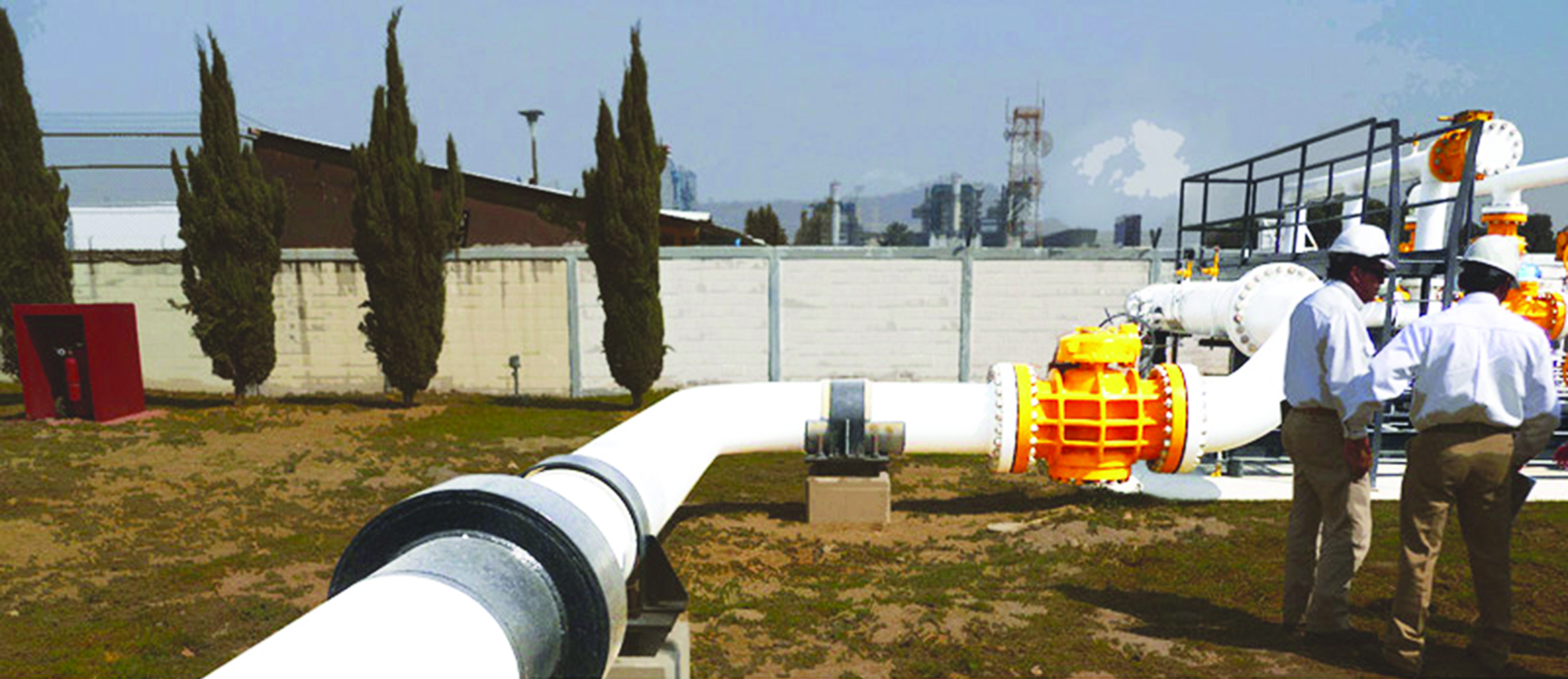June 2014, Vol. 241, No. 6
Features
Underused Strategies To Keep Pipelines Running Strong

Compressor stations are the unsung heroes of the pipeline and gas industry. Given the media hype lately, the public’s focus has been driven primarily to the extraction and refining components of the energy equation with little notice paid to the engines – literally – that transfer products from one end of the country to the other.
In the United States alone, there are thousands of miles of pipelines carrying crude oil, natural gas and petroleum products to destinations throughout the nation. Compressor stations act as the human heart attached to arteries in the human body that ensure nutrient-rich oxygenated blood is delivered to the muscles and organs.
Similarly, compressor stations adjust pipeline pressure, monitor flow and, when trouble occurs, dispatch teams to remedy pipeline issues or perform maintenance. To keep compressor station engines running at full capacity, plant managers need to regularly conduct two maintenance functions: electronic engine/compressor analysis (ECA) and B-probe inspections.
ECA involves real-time, multi-channel analyzers and data collectors, along with sophisticated software to provide condition assessment and fault detection, while the engine is loaded and running.
There is no downtime when analyzing the key performance measures on reciprocating engines and compressors. ECA is excellent for identifying performance-based issues, such as bad valves and leaky rings, as well as gaining baseline measurements for pressure and vibration. The reciprocating analyzer is also an excellent tool for balancing the power cylinder firing pressures on two-cycle engines.
What’s more, equipment hardware and preparation requirements for analysis are minimal making ECA an excellent choice for early identification of potential equipment issues and ensuring compressor station engines are in exceptional shape.
B-probe inspections are undervalued and underused within the pipeline and gas industry. While a B-probe inspection requires equipment shutdown, it can provide a much more holistic assessment of machine condition. Scheduling inspections during regularly planned downtime can avoid significant costs down the road. Most plant managers look at three of the procedure’s primary requirements and shy away from b-probe inspections in favor of less effective, and less costly methodologies. Those detracting factors are:
• Inspections are semi-intrusive and require the engine to be shut down.
• The procedures are difficult to perform at scale.
• The work is more labor-intensive, and there are significant upfront costs, as well as training requirements.
Let’s break each of these hurdles down, one by one.
Not All Shutdowns Equally
B-probe inspections are well-suited for gas and diesel generator/pump/compressor marine engines and can be performed on integral and separable compressor drivers. Engine shutdown is minimally intrusive, usually involving two to four hours of downtime.
B-probe inspections enable maintenance staff to make targeted machine repairs and avoid the introduction of contaminants into internal oil-wetted parts. All of these benefits come without the need to disturb well-bedded internal components.
To avoid the first two detracting factors, engine shutdown and scalability, the B-probe inspection should be integrated into annual equipment inspections. Typical machinery assessments take equipment offline and congregate maintenance staff, so it is the perfect time to conduct B-probe inspections.
This is not just a case of pure opportunism; B-probe actually cuts inspection times almost in half. The B-probe can measure assembled wristpin and connecting rod-bearing clearances through the spark plug or fuel injector opening; link rod pin and master rod clearances can be measured on articulated units.
This data, along with the cylinder flow test and a cylinder bore scope inspection, means that the annual inspection team can largely concentrate on the main bearings, crankcase, the compressor side and auxiliaries.
Because the maintenance staff can measure clearances without having to deconstruct the unit, mechanically induced faults can largely be avoided. B-probe is particularly effective with high-speed engine applications which are more difficult to analyze electronically. Maintenance staff can focus on the defective engine components as indicated by the B-probe report, thereby reducing parts costs and man hours. This allows critical machinery to come back online sooner, running reliably as ever.
No Expertise On Staff?
Compressor stations’ first priority is to ensure that gas controls and safety critical devices and systems are working, pure and simple. As such, it is often difficult to allocate resources – both in manpower and technology investments – to any area that does not pay immediate dividends to that underlying goal.
B-probe inspections certainly contribute to the performance of a pipeline operation but in a way that plant managers have difficulty justifying when executive pressure forces budget cuts. Most plant managers rely solely on in-house analysts and ECAs to ensure equipment reliability. However, some managers are finding in-house staffing more difficult to maintain due to analyst attrition rates and the time and monetary investment required to replace them. When the expertise is not available internally, there are reliable resources available that can help.
Conclusion
B-probe inspections and ECA are both vital components to a well-run, well-functioning compressor pipeline operation. It’s not an either-or situation; maintenance best practices dictate that both inspection strategies be implemented properly and used regularly. B-probe analysis, if properly implemented, provides huge returns and cost avoidance that allows managers to fully understand the condition of vital equipment while maintaining uptime, and most importantly, profitability.
Author: Steve Short is vice president of Technical Services for Azima DLI. He has 35 years of experience with reciprocating engine/compressor diagnostics and repairs. Short was co-founder and president of Emspec, Inc., based in Louisiana.





Comments